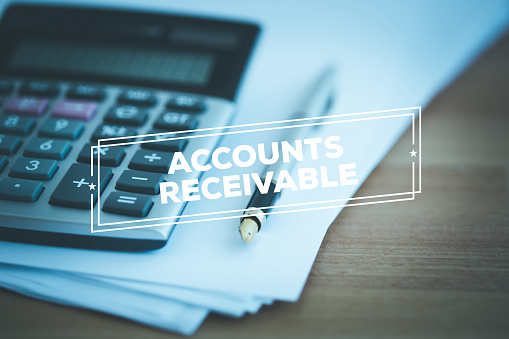Finding the right route to the working capital you need is often the most difficult part of running a business. Whether it is for regular cash flow issues, acquiring tools and equipment, or expanding your operation, it takes a lot of money to keep a company competitive, no matter the industry it operates in. Luckily, accounts receivable financing is often both the most convenient and most cost-effective resource.
The key to getting the most out of an advance against your invoices is understanding when the situation calls for this form of financing and when it is better to rely on another product like a business credit line. Each has its own unique advantages and trade-offs, so it’s a good idea to keep your financing strategy nimble.
When You Have a Bunch of Unpaid Invoices
You need to use invoice billing to gain access to accounts receivable financing because your unpaid invoices are the asset you use as the basis of the cash advance. When customers pay off the invoice, they send the money to your lender, who then forwards whatever is left after the advance and fees are covered. The more invoices you have, the more money you can get. If your working capital is running low and you have a bunch of outstanding invoices, financing them can get you money in just a few days.
When You Need To Avoid New Debt
Accounts receivable financing is the ideal way to get your hands on working capital without adding debt to your credit report. Since the advance is based on a debt owed to you, the risk to the lender is based on the chances of your customers defaulting, not the chance you will. Not only does that mean your credit score barely matters to the lender, it also means this is not usually a credit instrument that shows up on your own report. Why should it, when it says nothing about your own ability to repay a debt whether it is paid off properly or not?
When You Need To Normalize Cash Flow
The most common challenge faced by companies that use invoice billing is the inconsistent timing of customer payments. If that is an issue for your business, consider financing your accounts a couple of times per quarter to set reliable pay dates that keep your operational capital at a level where you can always make your outgoing commitments. You can always add an extra round of accounts receivable financing if a short-term need comes up between your regular dates, too.






